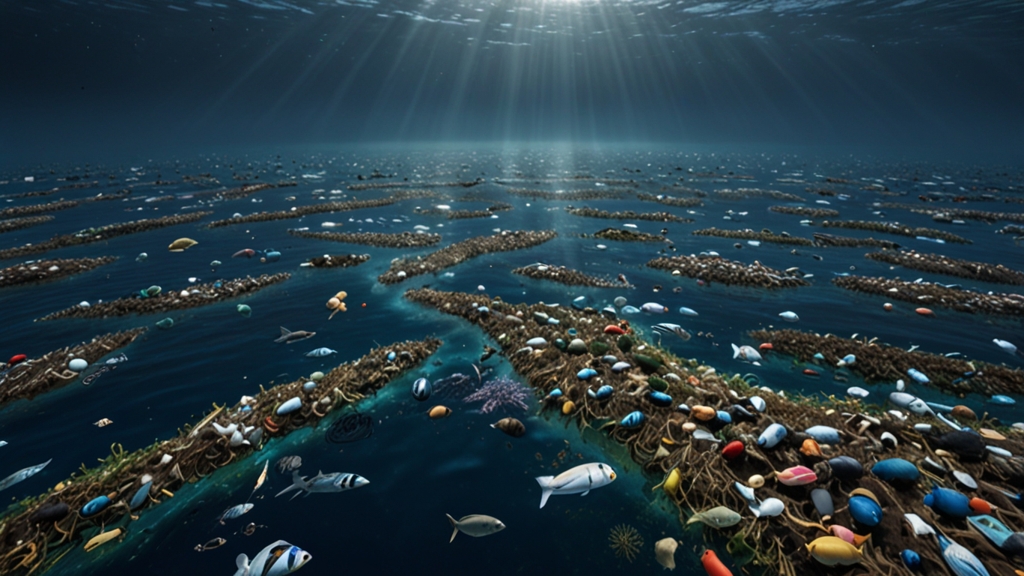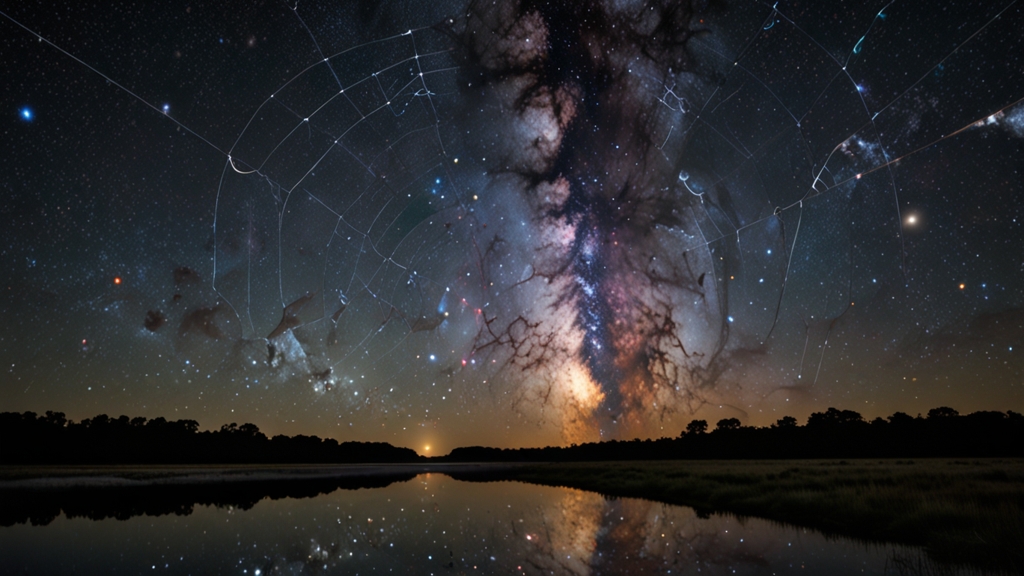The Fascinating World of Deep-Sea Exploration: What Lies Beneath
The deep sea, often referred to as the final frontier of exploration on Earth, is a realm of perpetual darkness, extreme pressure, and enigmatic landscapes. What could be more intriguing than delving into the unknown depths of our planet's oceans, uncovering mysteries that have been hidden for millennia?
The Uncharted Depths
The ocean covers more than 70% of the Earth's surface, yet over 80% of it remains unexplored and unmapped. The average depth of the ocean is about 12,080 feet, but certain areas, such as the Mariana Trench, plunge to astounding depths of up to 36,070 feet. At these depths, sunlight is a distant memory, temperatures drop to near-freezing levels, and the weight of the water can exert pressures exceeding one ton per square inch.
"The ocean floor is more alien to us than the surface of the moon or Mars." - James Cameron
Advances in technology have enabled explorers to reach these once-inaccessible regions. Submersibles, remotely operated vehicles (ROVs), and autonomous underwater vehicles (AUVs) have revolutionized our ability to investigate the deep sea. One of the most famous of these expeditions was led by filmmaker James Cameron who, in 2012, descended to the Challenger Deep in the Mariana Trench in his submersible, the Deepsea Challenger.
The Rich Diversity of Life
The deep sea is home to an array of life forms, many of which are yet to be discovered or fully understood. The conditions in these habitats demand extreme adaptations, resulting in some of the most peculiar and extraordinary organisms on the planet. From bioluminescent jellyfish and anglerfish to giant tube worms thriving near hydrothermal vents, the diversity of life is astonishing.
"We have explored only a fraction of the deep sea. Who knows what marvels await us in those dark, icy depths?" - David Attenborough
Hydrothermal vent ecosystems, for example, are one of the most fascinating discoveries. These vents emit mineral-rich water heated by the Earth's mantle, creating unique habitats that support specialized communities of organisms. The symbiotic relationships here, particularly between tube worms and chemosynthetic bacteria, are unlike anything found in terrestrial environments.
The Importance of Deep-Sea Exploration
Beyond satisfying human curiosity, deep-sea exploration has significant implications for science and our understanding of the planet. Studying these extreme environments offers insights into the origins of life on Earth and possibly other celestial bodies. The unique biochemical processes discovered in deep-sea organisms have potential applications in medicine, biotechnology, and industry.
Moreover, deep-sea exploration is critical for environmental conservation. As human activities increasingly impact the oceans, understanding the baseline conditions of deep-sea ecosystems is essential for assessing and mitigating damage. From overfishing and deep-sea mining to climate change, the threats to these fragile environments are numerous and growing.
Conclusion
The journey into the deep sea is more than an adventure; it is a scientific imperative that holds keys to our past, present, and future. Through continued exploration, we can uncover new species, gain unprecedented insights into Earth's history, and develop innovative solutions to global challenges. The enigmatic depths await, promising discoveries that can reshape our understanding of life and our place in the universe.
"Exploration is really the essence of the human spirit." - Frank Borman
As we continue to push the boundaries of what is possible, the deep sea will remain a symbol of the limitless potential of exploration and discovery.









